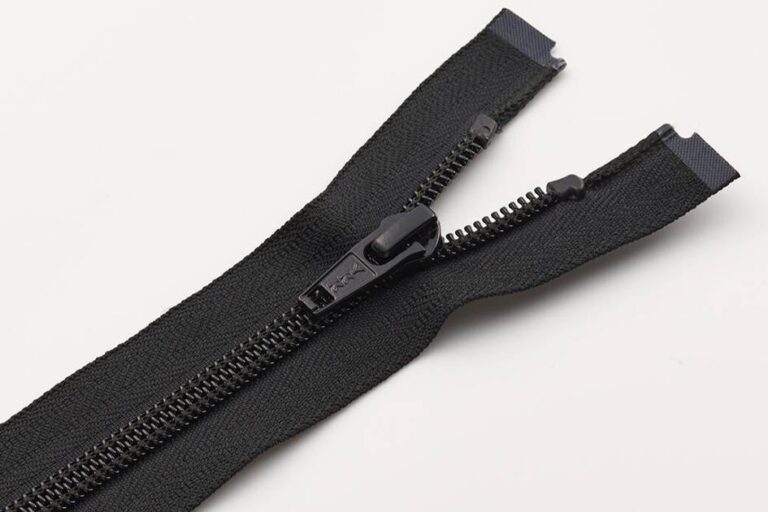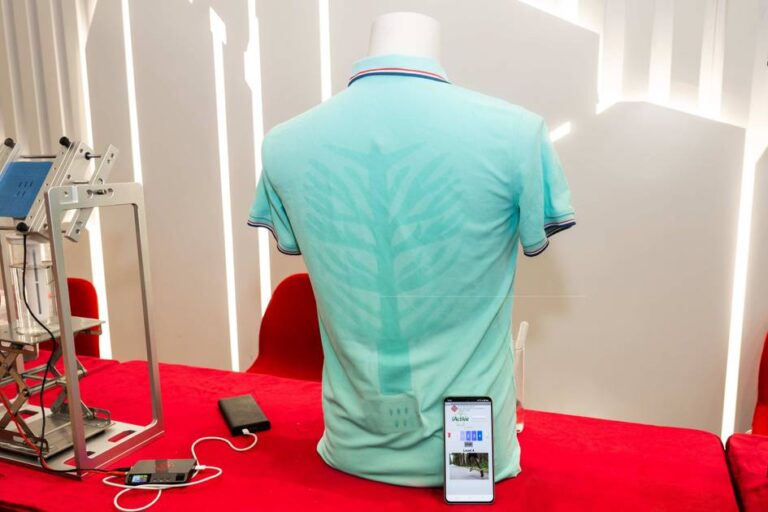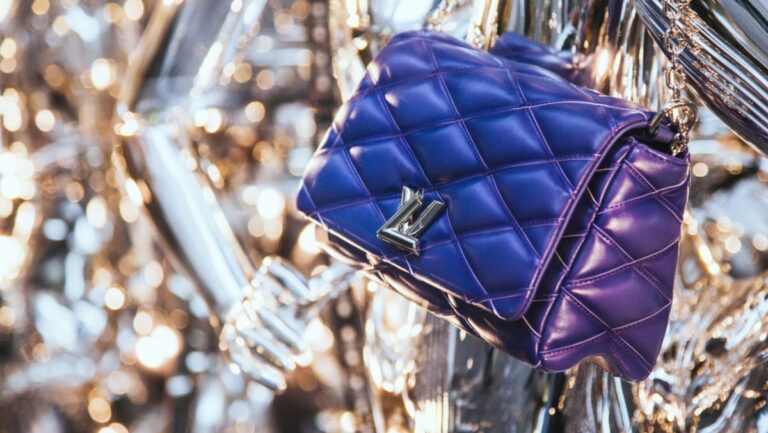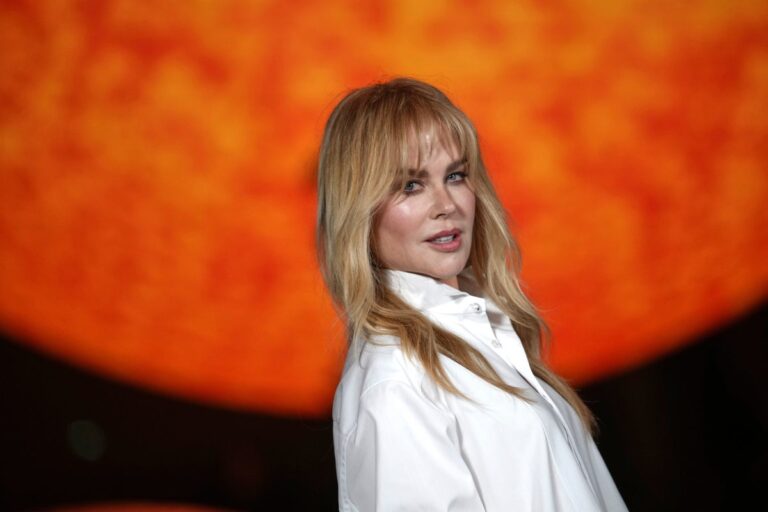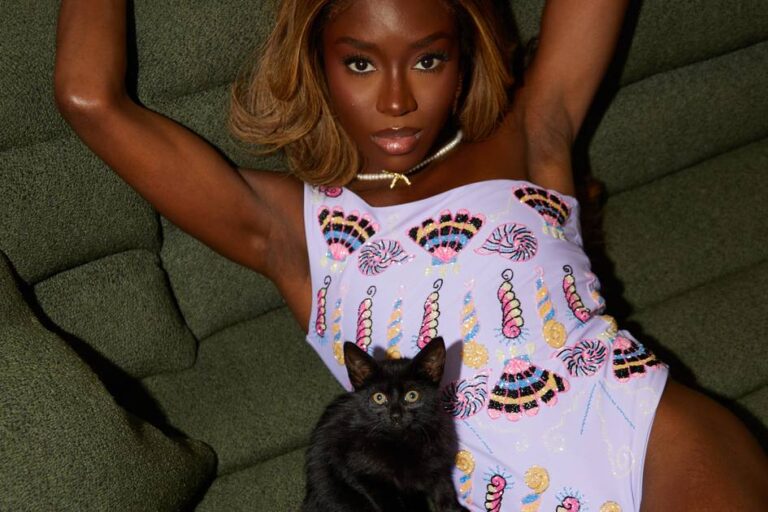Transforming Fashion: How Tintoremus Cultivates Homegrown Indigo for Natural Dyes
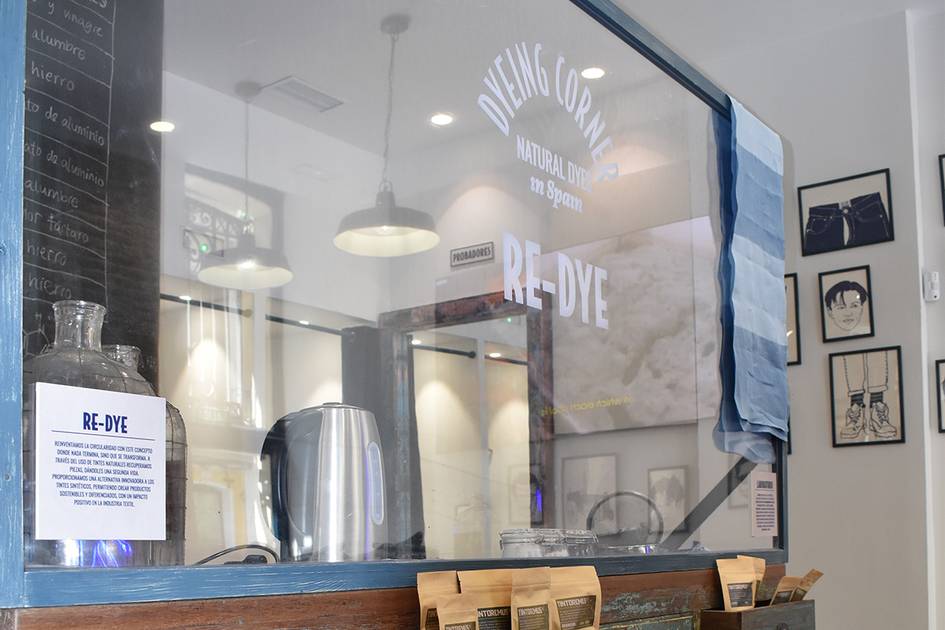
In May 2022, Clemente Cebrián and Lola López, co-founders of the Spanish sustainable fashion brand El Ganso, faced a challenge: they had unused fields in western Spain, particularly in La Herguijuela, but were uncertain about what crops to grow due to the dry and hot summers. Inspired by the properties of the indigo plant, which is known for its drought resistance and preference for sun, they launched Tintoremus in October of the same year. This venture was aimed at promoting homegrown and natural dyes.
By June 2023, their cultivation scale had expanded significantly, growing from an initial 2,500 square meters to 20,000 square meters. In February 2024, operations moved roughly 100 kilometers south to Santa María de Las Lomas. By the year’s end, garments dyed with these natural dyes hit the market, and in January of this year, denim made with Tintoremus’ indigo was introduced, utilizing Royo Tech Dry Indigo fabric. Today, this initiative represents the largest indigo cultivation in Europe, boasting over half a million Persicaria tinctoria plants across approximately ten hectares.
Re-dye Demonstration at CIFF
Taking a bold step forward, the brand not only produces clothing dyed with nine distinct natural dyes—including Indigoremus, Arbor, Lilium, Granatum, Albus, Solaris, Flamma, Olea, and Herbalis—but also established a ReDye corner in their store. Here, customers can re-dye their garments. To promote this service, the brand showcased its dyeing process at the Copenhagen International Fashion Fair (CIFF).
How does the ReDye service operate? Customers can bring in their own textiles—preferably light-colored natural fabrics like cotton, linen, or silk—and select a shade from the nine natural dyes available. The Tintoremus team then hand-dyes the item, allowing customers to observe the process if they wish. After three to five days, once the garment is completely dry, customers can return to collect their newly dyed piece.
The brand takes a hands-on approach, producing its own seeds from the Persicaria tinctoria variety, managing all cultivation, and executing the harvests. While this involves significant effort, it strengthens the bond between fashion production and the land where it originates.
As Lola López noted to Inside Denim, “This approach adds value not just to the textile sector, but also to agriculture. We’ve needed to exercise patience and learn throughout this journey, realizing our dependence on both the labor force and the climate.”
Environmental Impact
The outcomes clearly highlight the advantages of the project: in collaboration with Bcome, a sustainability management platform, the brand evaluated the environmental impact of Persicaria tinctoria. The findings suggest that indigo cultivation poses a lower environmental risk compared to crops like bell peppers and aids in soil conservation in Spain’s Extremadura region.
“We optimize every drop of water and minimize the effect on water scarcity. Each stage of our process is fine-tuned: the leaves are repurposed as compost and we limit the use of chemical inputs,” the brand explains on its site.
Compared to other natural dyes, their approach results in a 66% reduction in water use, an 88% decrease in emissions, and a 79% cut in resource depletion. Furthermore, the use of spent leaves as natural fertilizer during dye extraction contributes to a 36% reduction in global warming impact.
What do you think about the benefits of sustainable practices in the fashion industry?
